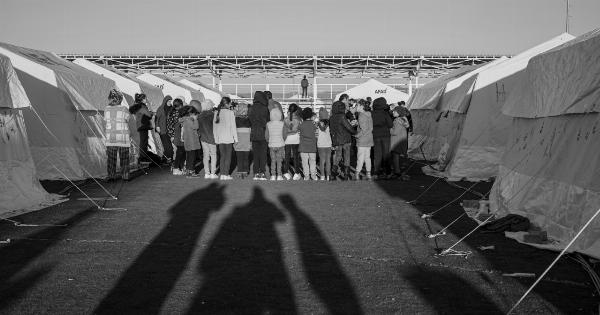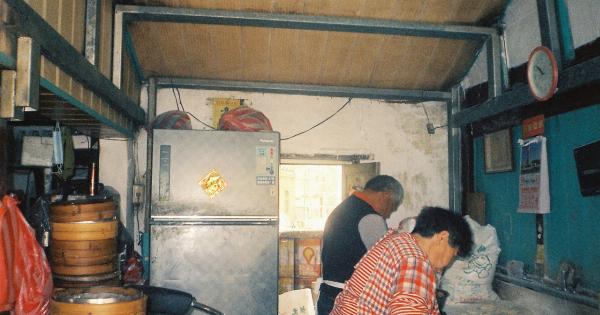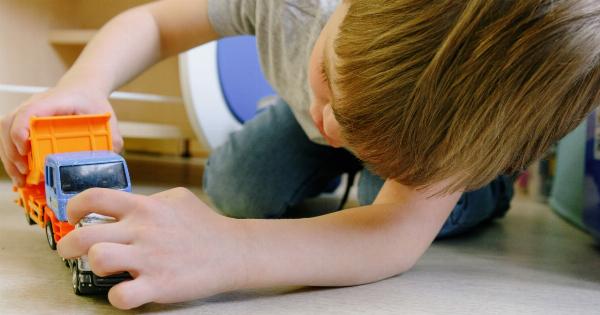Choking is a serious and potentially life-threatening emergency that can occur at any time, especially in young children. As parents, it is our responsibility to understand the proper response to choking and be prepared to act quickly.
This article will guide you through the steps you can take to ensure your child’s safety in case of choking.
Recognizing the Signs of Choking
Knowing the signs of choking is crucial for a prompt response. Common indicators include difficulty breathing or talking, clutching the throat, gasping for air, coughing forcefully, or making high-pitched sounds while inhaling.
Young children may also exhibit panic or distress, and their skin may turn blue due to lack of oxygen.
Stay Calm and Assess the Situation
If you suspect that your child is choking, it is essential to remain calm. Panic can impair your ability to think clearly and respond appropriately.
Evaluate the severity of the situation and determine if immediate intervention is required based on your child’s symptoms. In most cases, coughing or gagging indicates that the child’s airway is only partially blocked, while complete silence and inability to cough suggest a full obstruction.
Step-by-Step Response to Choking
1. For a conscious child over one year of age, encourage them to cough forcefully to try and dislodge the object. Avoid performing abdominal thrusts on children unless absolutely necessary, as it may cause more harm.
2. For infants under one year old or for conscious children who cannot effectively cough, perform back blows and chest thrusts.
Place your baby or child facedown on your forearm, supporting their head and neck with your hand, and deliver firm back blows between their shoulder blades using the heel of your other hand. If back blows don’t work, turn the child onto their back and give chest thrusts by placing two fingers in the center of their chest and pushing downwards.
3. If the obstruction has not been cleared and the child becomes unconscious, shout for help and immediately begin CPR. Follow the guidelines for infant or child CPR until medical professionals arrive.
4. It is crucial to call emergency services as soon as possible in any choking incident.
Prevention is Key
While knowing how to respond to choking is vital, prevention is always better than cure. Here are some preventive measures parents can take:.
1. Cut food into small, easily manageable pieces and avoid giving young children hard or round foods that could easily get stuck in their airway.
2. Supervise mealtime and never leave a young child unattended while they are eating.
3. Keep small objects or toys that pose a choking hazard out of reach of young children.
4. Educate older children about the dangers of putting small objects or toys in their mouths.
When to Seek Medical Attention
While most instances of choking can be resolved with quick and appropriate action, there are cases where medical attention is necessary. It is essential to seek medical help if:.
1. The object is not dislodged or the child’s symptoms worsen.
2. The child continues to have difficulty breathing or swallowing after the choking episode.
3. The child’s lips or skin turn bluish or grayish.
4. The child loses consciousness or appears unresponsive.
Conclusion
Choking is a serious emergency that requires immediate action. By staying calm, recognizing the signs of choking, and responding effectively, parents can help ensure their child’s safety in such situations.
Additionally, taking preventative measures and educating children about choking hazards can significantly reduce the risk of choking incidents. Remember, being prepared is the best way to protect our little ones from choking hazards.






























